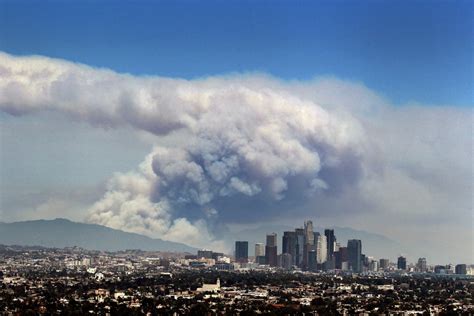Los Angeles, a city known for its shimmering facade that hides both beauty and danger in equal measure. Imagine the glitz and glamour of Hollywood, the sun-kissed beaches of Venice, and the eclectic mix of cultures that make up this vibrant metropolis. But beyond the glittering exterior lies a complex tapestry woven with tales of adversity, crime, and natural disasters.
City of Dreams
Los Angeles is often dubbed as the “City of Dreams” where aspiring actors, musicians, and artists flock to pursue their ambitions in the entertainment industry. The iconic Hollywood sign standing tall against the backdrop of rolling hills serves as a beacon of hope for those seeking fame and fortune. The bustling streets are lined with palm trees under which dreams are born and shattered every day.
Dark Underbelly
However, beneath the surface lurks a darker reality. Los Angeles has long struggled with issues such as homelessness, gang violence, and income inequality. Skid Row, one of the largest homeless communities in the United States, starkly contrasts with the opulence of Beverly Hills just miles away. Gang activity plagues certain neighborhoods, leaving residents living in fear amidst turf wars and senseless violence.
Natural Threats
Moreover, Los Angeles is no stranger to natural threats that loom over its sprawling landscape. The city sits atop multiple fault lines, making it prone to devastating earthquakes that can strike without warning. Wildfires rage through dry brush during California’s scorching summers, threatening homes perched on hillsides overlooking canyons.
Expert Analysis
According to geologists, Los Angeles is situated in a seismically active region due to its proximity to major fault lines like the San Andreas Fault. This geological setting poses a continuous risk of significant seismic events that could potentially cause widespread destruction throughout Southern California.
Renowned urban planners emphasize the importance of resilient infrastructure and emergency preparedness in mitigating risks associated with natural disasters in densely populated urban areas like Los Angeles. They stress the need for robust building codes and community engagement to enhance disaster resilience and protect vulnerable populations.
As residents navigate through daily life in this dynamic city pulsating with energy and uncertainties alike, they embrace both its enchanting allure and ominous shadows cast by looming dangers – capturing both ends of an intricate spectrum that defines Los Angeles: beauty intertwined with danger.




Leave feedback about this